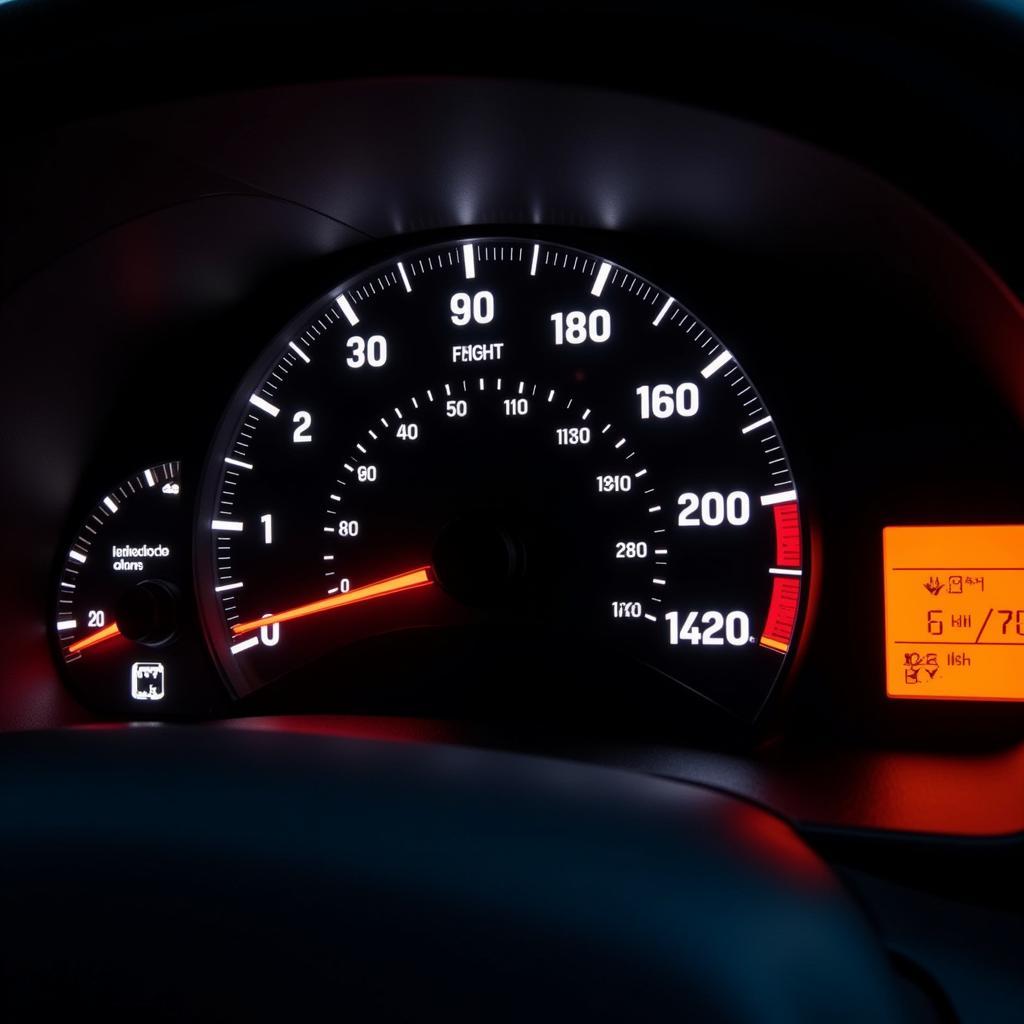Your car won’t start after being jumped? This frustrating scenario is more common than you think. Even after a successful jump start, your vehicle might refuse to turn over again, leaving you stranded. This article delves into the reasons why your car won’t start after being jumped, providing comprehensive troubleshooting steps and solutions, from simple checks to more complex diagnostic procedures.
Why Your Car Won’t Start After a Jump
Several factors can contribute to a car not starting even after receiving a jump. While a dead battery is the most common culprit, other issues might be lurking beneath the surface. Ignoring these potential problems can lead to further damage and more costly repairs down the road. Let’s explore some of the common reasons:
- Failing Battery: Even if it accepts a jump, your battery might be at the end of its life and unable to hold a charge.
- Bad Alternator: A faulty alternator won’t recharge the battery, even after a jump start. The jump merely provides enough power for a single start.
- Starter Issues: A malfunctioning starter motor might struggle to crank the engine, even with sufficient power.
- Loose or Corroded Connections: Poor connections between the battery terminals and cables can hinder power flow.
- Parasitic Drain: A parasitic drain occurs when an electrical component continues to draw power even when the car is off, gradually draining the battery.
- Faulty Ignition System: Problems within the ignition system, such as a bad ignition switch, coil, or distributor, can prevent the engine from starting.
- Fuel System Problems: Issues like a clogged fuel filter, faulty fuel pump, or failing fuel injectors can prevent the engine from receiving the fuel it needs to start.
Troubleshooting a Car That Won’t Start After Jump Starting
If your car won’t start after being jumped, don’t panic! Follow these diagnostic steps to pinpoint the problem:
- Check the Battery Connections: Ensure the battery terminals are clean, tight, and free of corrosion. A simple wire brush can clean the terminals.
- Test the Battery: Use a multimeter to test the battery voltage. A fully charged battery should read around 12.6 volts.
- Inspect the Alternator: With the engine running, the alternator should produce around 13.5-14.5 volts. A lower reading suggests a potential alternator problem.
- Listen for the Starter: When you turn the key, listen for the starter motor engaging. A clicking sound might indicate a failing starter.
- Check for Parasitic Drain: With the engine off and all accessories turned off, use a multimeter to check for current draw from the battery. A significant drain suggests a parasitic drain issue.
 Checking Car Battery After Jump Start
Checking Car Battery After Jump Start
Solutions to Common Starting Problems
Once you’ve identified the likely culprit, consider these solutions:
- Battery Replacement: If the battery fails the voltage test, replacement is likely necessary.
- Alternator Repair or Replacement: A failing alternator often requires professional repair or replacement.
- Starter Repair or Replacement: A faulty starter might need repair or replacement by a mechanic.
- Cleaning Battery Terminals: Thoroughly clean corroded battery terminals with a wire brush and baking soda solution.
- Addressing Parasitic Drain: Identify and fix the source of the parasitic drain. This might involve disconnecting non-essential electrical components or seeking professional help.
- Fuel System Check: If you suspect a fuel system problem, consult a mechanic for a thorough inspection.
Car Won’t Start After Jump: Expert Insights
“Often, car owners assume a jump start is a fix-all solution,” says Alex Johnson, a seasoned automotive electrical technician. “However, a successful jump doesn’t always mean the underlying problem is resolved.” He emphasizes the importance of checking the alternator and battery health even after a successful jump start. “A weak battery or failing alternator will lead to repeated starting problems,” he adds.
Another expert, Maria Rodriguez, a certified automotive diagnostician, stresses the significance of preventative maintenance. “Regular battery checks and cleaning of terminals can prevent many starting issues,” she advises. “Addressing minor problems early on can prevent bigger headaches down the road,” she concludes.
Conclusion
A car that won’t start after being jumped can be a frustrating experience. However, by following the troubleshooting steps and considering the solutions outlined in this article, you can effectively diagnose and address the underlying problem. Remember, a successful jump start is not a guaranteed fix; it’s crucial to identify the root cause to prevent future starting issues. Addressing the problem promptly can save you time, money, and further car troubles down the road.
 Car Starting Successfully
Car Starting Successfully
FAQ
-
Can a bad starter prevent a car from starting even after a jump? Yes, a faulty starter might struggle to crank the engine even with a jump start.
-
How long should a car battery last? Typically, car batteries last between 3 and 5 years, although various factors can influence their lifespan.
-
How can I tell if my alternator is bad? Dim headlights, flickering interior lights, and a warning light on the dashboard can indicate a failing alternator.
-
What is a parasitic drain, and how can I find it? A parasitic drain is a constant drain on your car battery even when the car is off. You can use a multimeter to detect a parasitic drain by checking the current draw with the car off.
-
Is it safe to jump-start a modern car? Yes, it is generally safe, but ensure you follow the correct procedure and use compatible cables.
-
What should I do if my car still won’t start after trying everything in this article? Consult a qualified mechanic for a professional diagnosis and repair.
-
How can I prevent my car from not starting in the future? Regular battery checks, cleaning terminals, and prompt attention to any warning signs can help prevent future starting problems.


